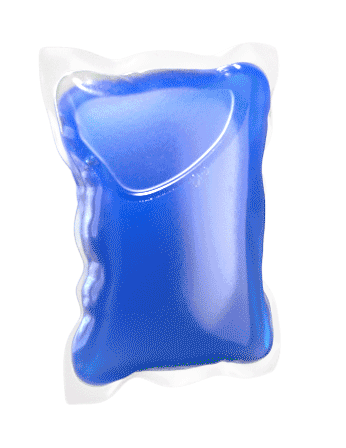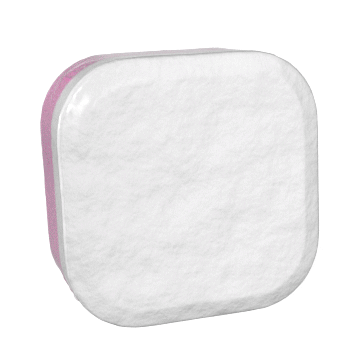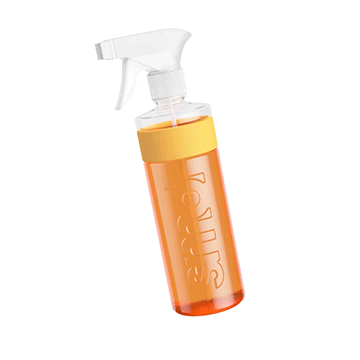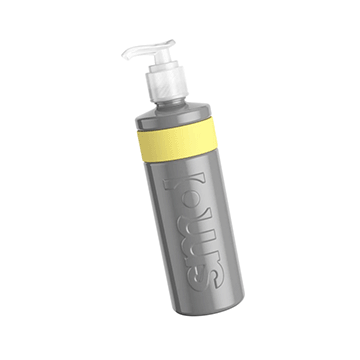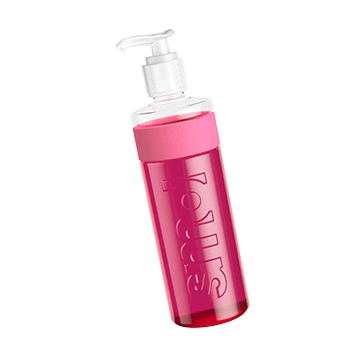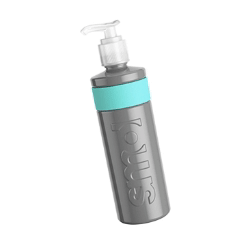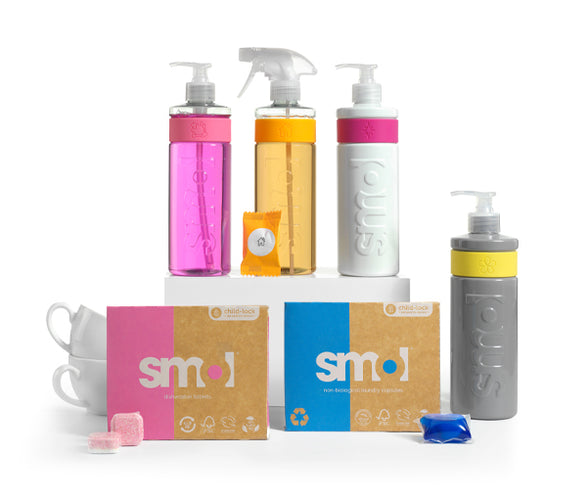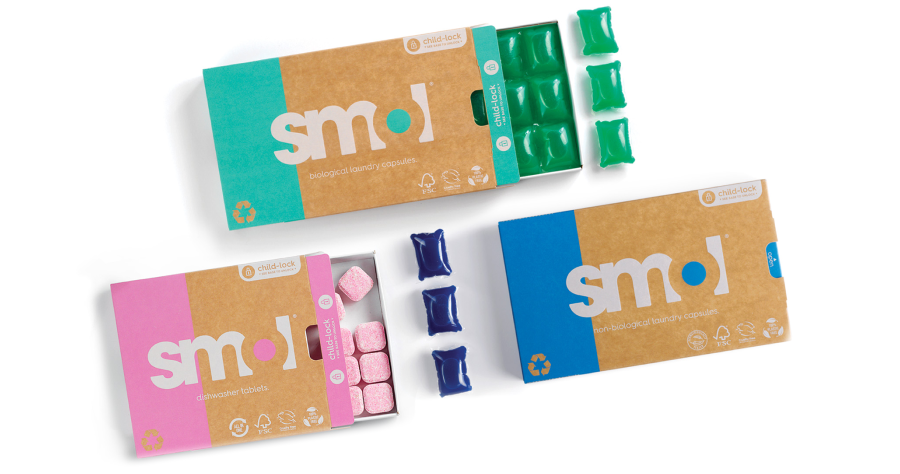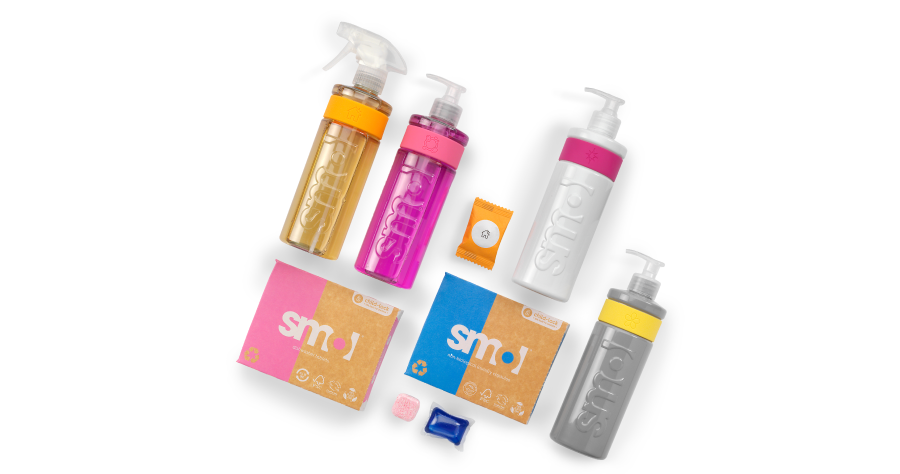Don’t listen to the nay-sayers. Taking steps to improve the sustainability of your household cleaning is ABSOLUTELY worthwhile and makes a definite difference. Every time you turn down your wash temperature or refill a cleaning bottle you are making a positive choice, taking action and joining thousands of us who are coming together to have an impact.
Whether your aim is to lower your carbon footprint, reduce your reliance on strong chemicals or ditch as much plastic from your cupboards as possible, there are so many simple ways to achieve your goals so why not go for it today! Join us as we list 8 easy ways you can make your cleaning greener.
Do you really need to wash that?

There’s a fair chance we are over-laundering our clothes. Less washing means less energy used, less water and detergent used and a lower carbon footprint. Heard the one from Levi’s CEO about never washing your jeans? This may feel extreme… but why not take time to see if something really and truly needs a machine wash. There are many alternatives…
Pop your items on a hanger and give them some air (preferably outside) before the next wear.
Spot clean any stains and you may find the rest is fine and doesn’t need to go in the machine.
A quick press with a steam iron (if your care labels allow) works magic on creases and smells.
Mix a pump of fabric conditioner or essential oils with some water to spray over hardier fabrics for a quick freshen up. Remember to check your garment instructions first.
Of course there will always be laundry. But when you are running your machine - just make sure it’s fully loaded. That’s the sustainable way to do your laundry as half loads use far more than half the water and energy of a full load.
Filter your laundry.

Around 35% of all direct microplastics that enter the ocean come from synthetic fabrics shedding tiny fibres each time we do our laundry. One polyester item can release 1,174 mg of microfibres into the water per wash and because they are so tiny they bypass water treatment facilities and make their way to our oceans.
A refill cartridge can be fitted to your washing machine to prevent this pollution. It traps the fibres and once the cartridge is full you replace it with a new one and send the full one back to the manufacturer for cleaning and reuse.
If you can’t install a filter you could try a microfibre laundry bag instead like the Guppy Bag. These are made from fabrics that don’t disintegrate when washed but trap the microplastics inside the bag with your washing to prevent them leaving with the waste water.
Refill not landfill.

It’s pretty simple. Refill cleaning spray bottles are going to save you carbon and plastic instantly. Up to 95% of a cleaning spray is water and these heavy bottles of (mostly) water are shipped from pillar to post before they reach your cupboard. What a polluting waste of fuel.
Far better to transport tiny rehydratable tablets instead and cut carbon by 91% (if you switch to smol multi purpose refill spray for example).
And the added bonus? You’ll no longer be part of the crowd who dispose of over 468 million plastic spray bottles each year. Instead, you’ll keep the same bottle for life and simply refill it again and again and again.
Leave the washing up for a while…

No, seriously we really mean leave it. Let it build and build until you have enough to fill a dishwasher to the max, until you’re drinking out of the old cracked baby cup your mother kept and handed down to you, until you’re eating cereal out of a cake tin… and then you’ll know you are using energy and water in the most sustainable way.
Here’s why…
The average dishwasher uses 1.1 kWh of energy per cycle to wash 16 dinner plates, 16 side plates, 16 bowls, 16 cups, 16 sets of cutlery and 16 glasses in that cycle.
One bowl of hot water washes just 2 dinner place settings rather than the 16 of a dishwasher cycle. But your electric immersion heater is going to use a larger 1.4kWh to give you just 3 bowls of hot water. And to wash the 16 settings you will need 8 bowls….
And as for the water use… a dishwasher will use around 10 litres per cycle for that 16 place setting. That’s the same amount of water that fits in just one washing up bowl.
Don’t throw in the towel.

You know that old white towel that’s gone a bit grey, it’s frayed around the edges and probably has a rip or two… don’t throw it out. It is immensely reusable for your cleaning around the house.
Cut it up and turn it into flannels, reusable facial pads, cleaning/dusting cloths for the bathroom or kitchen, a bathmat, a car cloth or a window wiper.
Towels will fray when they are cut, so use a sewing machine or just hand sew the edges and you’ll be good to go PLUS you’ve cut down on the amount of material that piles into landfill on a daily basis.
Just hang out.

Step away from the tumble dryer and let your laundry hang out. The sun is incredibly free of course so your wallet will be happy but it will stop you using the whopping 4.5 kWh of energy that just one tumble cycle devours each time.
Indoor drying racks are equally great or why not check out some of the rain covers for your outdoor airer! Yes you really can find umbrellas to protect your outdoor laundry line from the rain! Genius!
Keep those old toothbrushes.

Over 29 billion plastic toothbrushes end up in landfill every year but they can have another life! Even bamboo toothbrushes are worth hanging on to (their bristles are mostly acrylic still, so will not biodegrade).
Toothbrushes come in handy when you're trying to clean those awkward spots around the house (or even outside). They’re great at getting into the corners of shower tracks or between the spokes of your bicycle or just use them to scrub the soles of your trainers and the grout between your bathroom tiles.
It’s the ultimate in repurposing.
No more kitchen paper towel.

Kitchen roll cannot be recycled and is basically single-use wiping. A large amount is made from recycled paper which means the fibres are too short to be recycled again. Some kerbside recycling will accept clean, dry kitchen roll paper. However, most don’t.
And if it’s dirty then it definitely cannot be recycled. Contaminated waste like this would ruin any paper it was used to create.
Far better to use reusable/washable cloths for your kitchen spills and slops. smol cloths of course are super absorbent and last for many weeks. They are fully biodegradable, home-compostable and ready for all your kitchen mishaps so wipe right!
If we all work to adopt some (or all) of these cleaning practices we can start to make a real difference to the sustainability of our household cleaning. Your wallet will probably thank you and so too will the planet.
